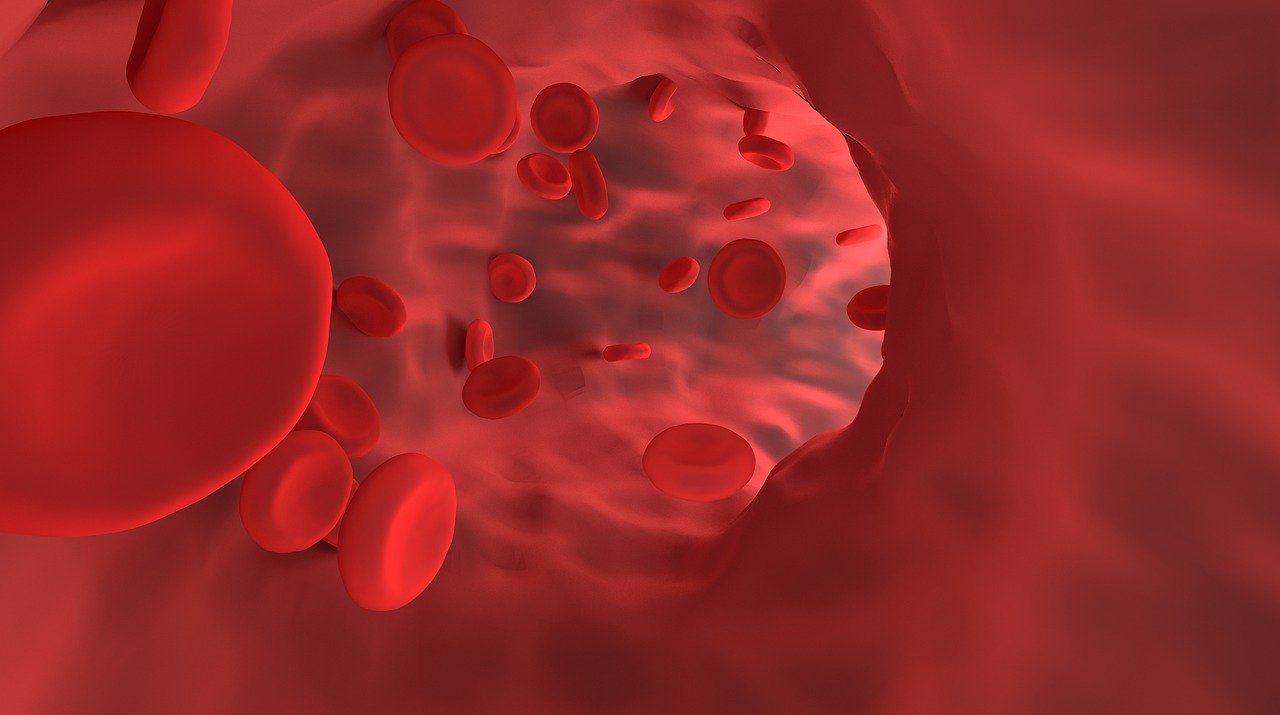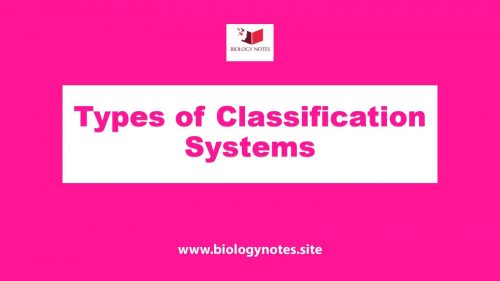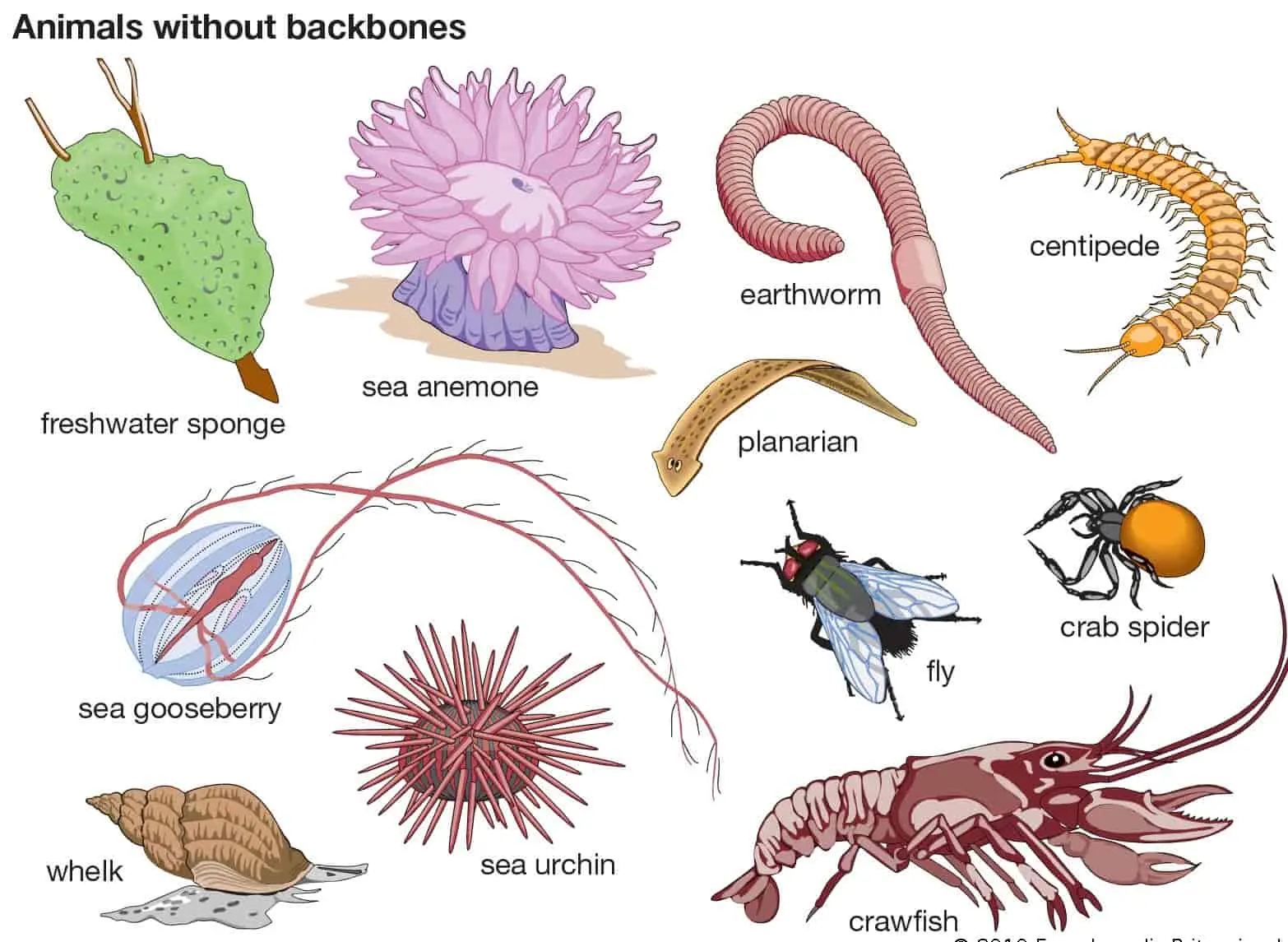Month: June 2020

Diffusion – Movement of Substances
Table of Contents Diffusion Defination Diffusion is the net movement of molecules and ions from a region of their higher concentration to a region of their lower concentration down a concentration gradient, as a result of their random movement. What is Diffusion The molecules of a gas such as oxygen are moving about all the…

Blood vessels and their functions
Arteries are blood vessels which carry blood away from the heart. They have thick, muscular and elastic walls that can withstand the surge of the high-pressure blood pumped out of the heart.

Types of Classification System
Biological classification is the scientific procedure of arranging organisms into groups on the basis of their similarities and dissimilarities and placing the groups in a hierarchy of categories like species, genus, family, etc

Type of Classification System Quiz
Welcome to our “Type of Classification System Quiz!” Are you ready to explore the diverse methods used to categorize everything from living organisms to data sets? Classification systems are essential tools that help us organize and make sense of the world around us. In this quiz, we’ll dive into various types of classification, from biological…

MCQ on Respiration in plant
Q1: Which organelle in plant cells is primarily responsible for cellular respiration? (A) Chloroplast (B) Mitochondrion (C) Vacuole (D) Nucleus Answer: (B) Mitochondrion Explanation: Mitochondria are the main sites of cellular respiration in plant cells, where ATP is produced. Q2: During respiration, what is the primary substrate used by plants to generate energy? (A) Oxygen…
Biotechnology: Principles and Processes Quiz
[wp_quiz id=”4960″]
Plant Growth and Development Quiz
[wp_quiz id=”4949″]
EXCRETORY PRODUCTS AND THEIR ELIMINATION QUIZ

EXCRETORY STRUCTURES IN NON-CHORDATES
In protozoans, porifers and coelenterates the specialised excretory structures are absent. The excretion in these animals occurs through the general body surface. The contractile vacuoles present in freshwater protozoans are the osmoregulatory structures and regulate osmotic concentration (osmolarity) of the body. Though some ammonia is also lost through contractile vacuoles, but they can not be…

Q & A on living world and taxonomy
Q1. Who is known as the Darwin of the 20th century Ernst Mayr(1940) – During the mid 20th century, Ernst Mayr was one of the ‘architects’ of the synthetic theory of evolution. He proposed Biological concept of species, on the basis of interbreeding Q2. In unicellular organisms the ……………. is synonymous with growth. In unicellular…
Osmosis
If a dilute solution is separated from a concentrated solution by a partially permeable membrane, water diffuses across the membrane from the dilute to the concentrated solution. This is known as osmosis. A partially permeable membrane is porous but allows water to pass through more rapidly than dissolved substances. Since a dilute solution contains, in…
Ecosystem – Structure and Function
The term ‘ecosystem’ was proposed by a British ecologist A.G. Tansley (1953). It represents the basic fundamental, functional unit of ecology which comprises of the biotic community together with its abiotic (non-living) environment. Ecosystem is the functional unit of nature where living organisms interact with each other and with their environment. Ecosystems can be recognized…







